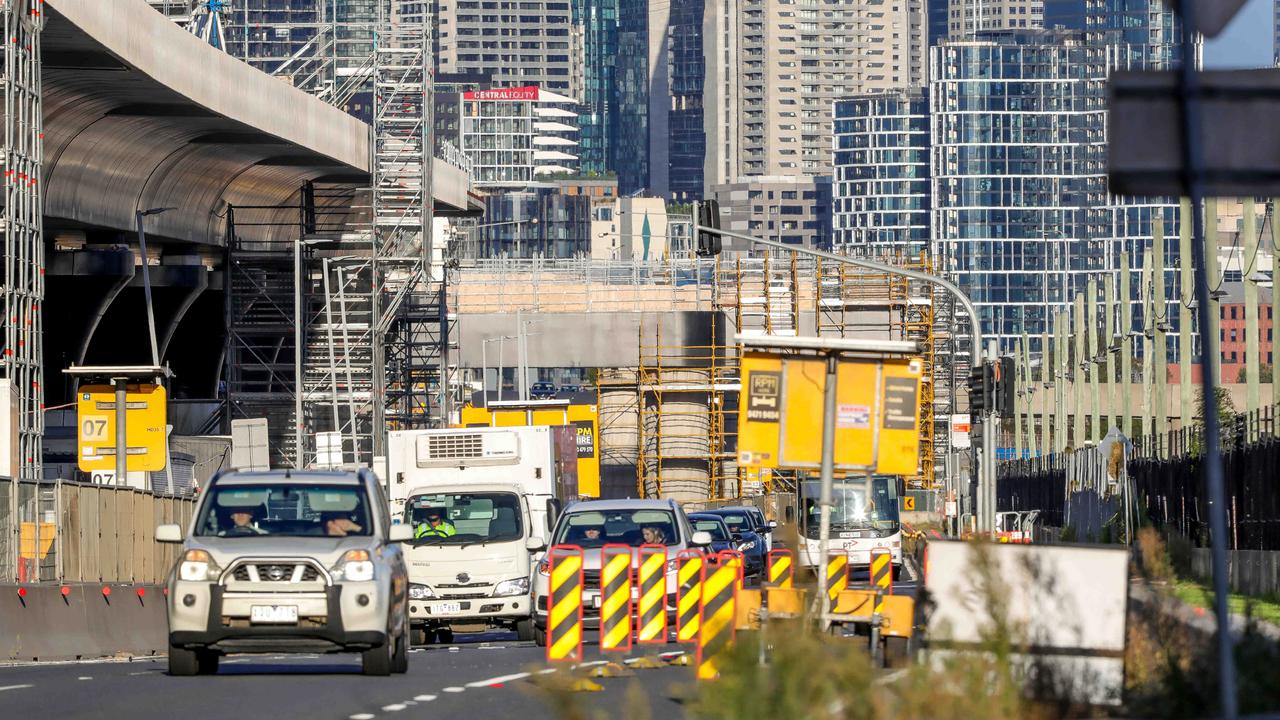Childcare costs worry families as cost of raising kids becomes more expensive
RAISING a family in Australia is becoming more expensive and many single-parent families are increasingly falling below the poverty line.
News
Don't miss out on the headlines from News . Followed categories will be added to My News.
RAISING a family in Australia is becoming more expensive and many single-parent families are increasingly falling below the poverty line.
New data shows many one-parent families are struggling to keep themselves afloat.
They experience “very high” levels of child poverty, have low home ownership rates, which are continuing to decline, and are being hit with expensive childcare costs.
The bleak snapshot of family life across the country has also revealed more than half of primary caregivers do not receive regular child support from the other parent.
Those who do tend only to receive it for the first few years.
Only one in four child support arrangements continue beyond five years.
The Household, Income and Labour Dynamics in Australia report found child poverty affects up to one in four single-parent families and home ownership rates dropped 8.2 per cent from 2002-2014.
AUSSIES WORKING HARDER FOR SAME MONEY, HILDA REPORT SHOWS
YOUNG PEOPLE BATTLE TO OWN HOME, HILDA REPORT SHOWS

They also spending twice the amount on childcare compared with 2002.
The average weekly spend is now $114 a week.
Couple families are also suffering.
Sky-high childcare costs have risen about 75 per cent to $162 a week.
Eaglemont mother of two Chloe Cameron plans to put daughters Harper, 2, and Darcy, nine months, into childcare for two days a week when she returns to work part-time next month. She said her daily wage would only just cover daily care costs.


Ms Cameron said she may not have returned, if full-time was the only option.
“When they say the average cost of raising a child is a million dollars, they are right,” she said.
“Besides the mortgage, childcare is the biggest expense we have.
“We have come to terms with the fact that the next few years are going to be tough.
“I won’t be earning a lot more above what childcare costs are.”
The report said the childcare price increase was not being driven by demand.
Data shows the number of single-parent and couple families using paid childcare barely changed between 2001-2015. When it comes to kids, women are not always having the families they planned.

A third of women who did not intend on having more children after the age of 30 ended up having more kids within a decade.
Almost half of the women who intended to have kids by 35 had not done so by 45.
Women were more likely to have more kids than initially intended in their early years, whereas men tended to have more children later in life.



